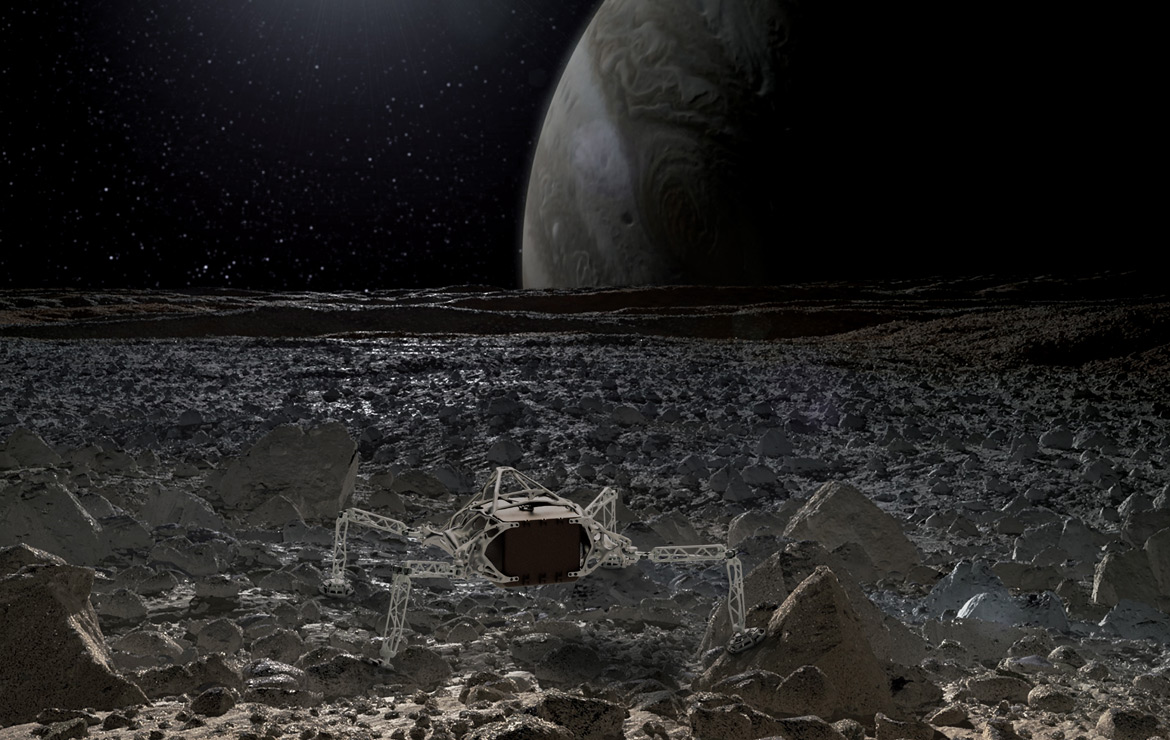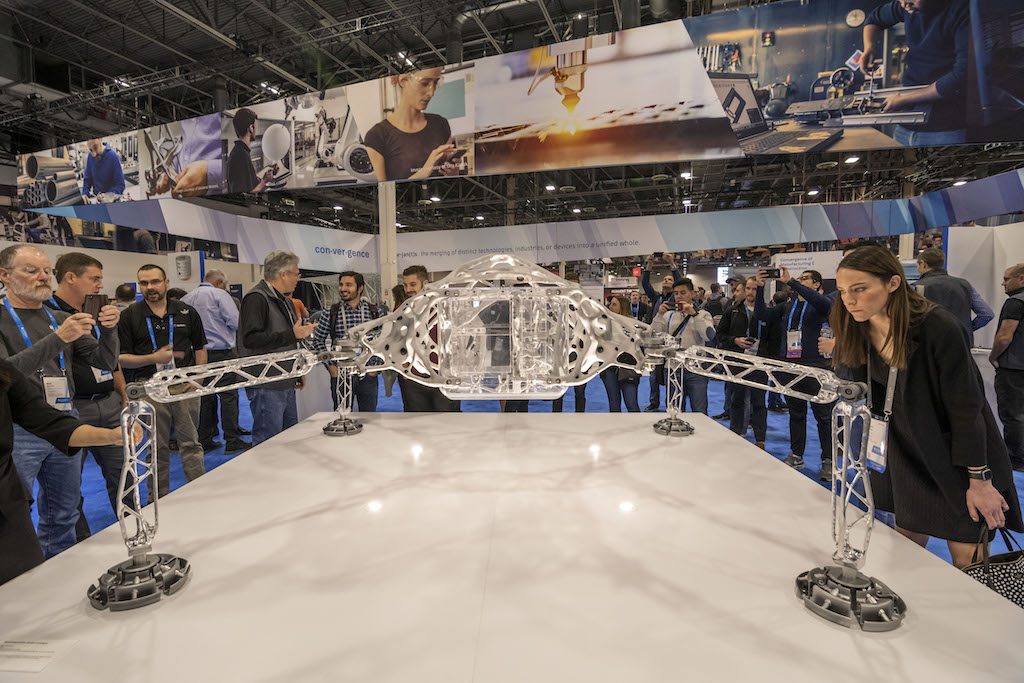Autodesk, an award-winning American software company and NASA’s California-based Jet Propulsion Laboratory (JPL), responsible for space research and exploration, have partnered to develop an interplanetary lander.
In a multi-year collaboration, Autodesk and JPL will build the lander using Autodesk’s generative design technology.

NASA’s mission beyond Mars
NASA is currently exploring ways to inhabit Mars using 3D printing. The space agency has also initiated partnerships to further the progress of 3D printing for space exploration, and the JPL is at the forefront of NASA’s space research and exploration projects.
A JPL report, Technology Highlights 2018 documents 31 contributions JPL has made to NASA’s space research and projects. Among these projects is the possibility of generating MOXIE (Mars OXygen), pure oxygen from the Martian atmosphere.
Furthermore, JPL also approved Fabrisonics’s proprietary 3D printing technology to build lighter heat exchangers.
Now, the laboratory has partnered with Autodesk to explore how generative design can build a functional interplanetary lander with a reduced payload, the carrying capacity of a launch vehicle.
Shedding weight with generative design
Generative design often creates complex forms which are not possible to manufacture using traditional manufacturing.
Feeding in design parameters, engineers can use generative design to explore a large set of possibilities. Once the most optimal design is chosen, it can be manufactured using 3D printing.
JPL’s motivation for using generative design is because it has proved to reduce the weight of 3D printed parts. The generative design technology was successfully used by General Motors to produce lighter vehicles.
If JPL and Autodesk are successful, then the reduced weight of the lander would mean that it could be equipped with more tools for space exploration.
The interplanetary lander
The fully-assembled concept lander was revealed at the Autodesk University, Las Vegas (November 13th). It is 1 meter tall with a 2.5 meters width and was made using 3D printing, CNC machining, and casting.
With generative design technology, the Autodesk team reduced the weight of the concept lander by 35% lighter compared to the initial design. However, weight reduction is not the only consideration for JPL and Autodesk.
The interplanetary lander must function in below zero temperatures and endure extraordinary amounts of radiation levels. To ensure that the lander will survive in such extreme conditions, exploration of various design possibilities is necessary. This requires time. Each design iteration takes usually between 2-4 months.
However, Autodesk’s generative design has reduced this time-frame to 2-4 weeks.
Autodesk’s Senior Research Manager, Karl Willis, said, “As a design matures and new performance or environmental data comes in, generative design can enable our customers to create new designs quickly.”

For more news on space exploration subscribe to our 3D printing newsletter and follow us on Facebook and Twitter.
If you are looking to start a new career, then visit our 3D Printing Jobs.
Featured image shows a part of the concept lander. Image via Autodesk

